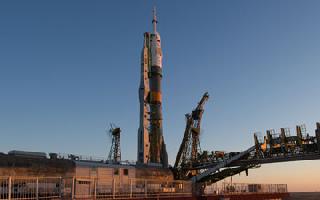
The Soyuz rocket at the launch pad in the Baikonur Cosmodrome, Kazakhstan. A NASA photo
BAIKONUR (AP): A Soyuz spacecraft atop a towering rocket has been placed into launch position at Russia's manned-space facility in the freezing, windswept steppes of Kazakhstan ahead of a five-month mission for three astronauts to the International Space Station (ISS).
The craft was rolled out of its hangar on Monday on a flatbed train at exactly 7 am in strict accordance with tradition and crawled for two hours at a walking pace to the launch pad.
Colleagues, friends and relatives of the astronauts withstood temperatures as low as minus-30 C (minus-22 F), worsened by wind, to watch the procedure.
NASA's Tom Marshburn, Russian Roman Romanenko, and the Canadian Space Agency's Chris Hadfield will blast off Wednesday (6:12 pm Baikonur time) and travel for two days before reaching three other astronauts working at the orbiting laboratory.
Although the temperature was lower in other parts of Kazakhstan it was minus-42 C (minus -44 F) in the capital, Astana locals assert with a hint of pride that the exposed steppe makes it far more uncomfortable in Baikonur.
But officials say the glacial conditions have little effect on the Soyuz.
"There are very few weather requirements or restrictions for the launch of the Soyuz vehicle," veteran NASA astronaut Mike Fossum said. "We launch a couple of days from now in similar conditions and we are without any concerns."
The current Soyuz craft is a variation on the vehicle that has been in constant use by the Soviet and then Russian manned space programmes since 1967.
The three-man crew, which has been in Baikonur for almost two weeks making final preparations, took a tour on Sunday of the hangar where the craft was being kept.
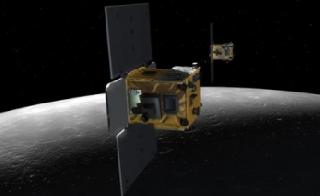 Previous Article
Previous Article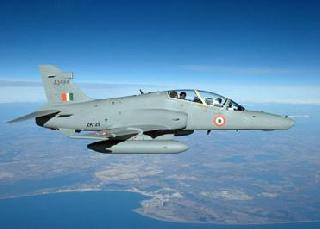 Next Article
Next Article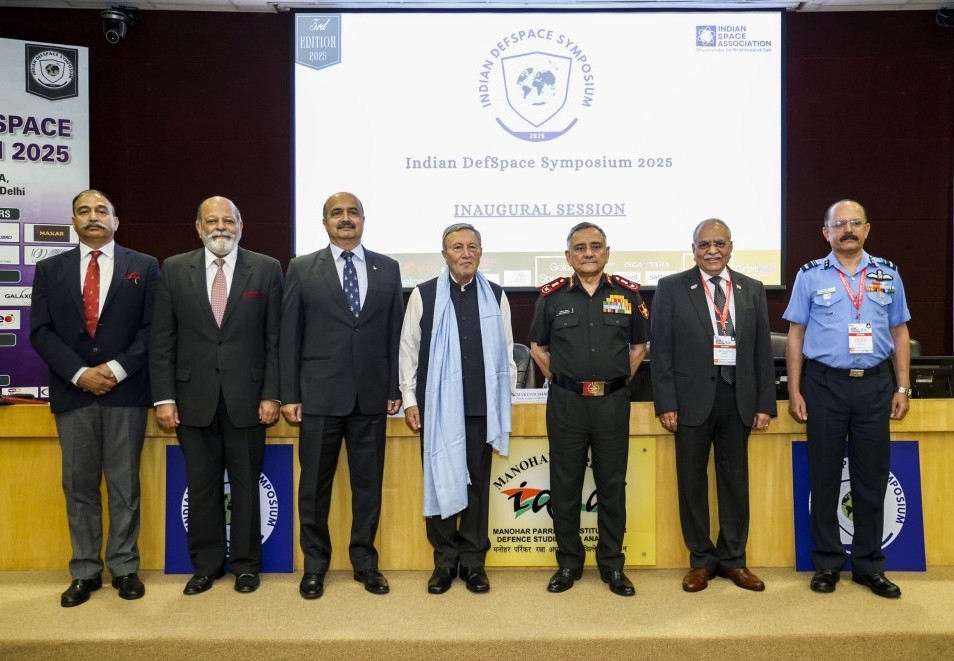
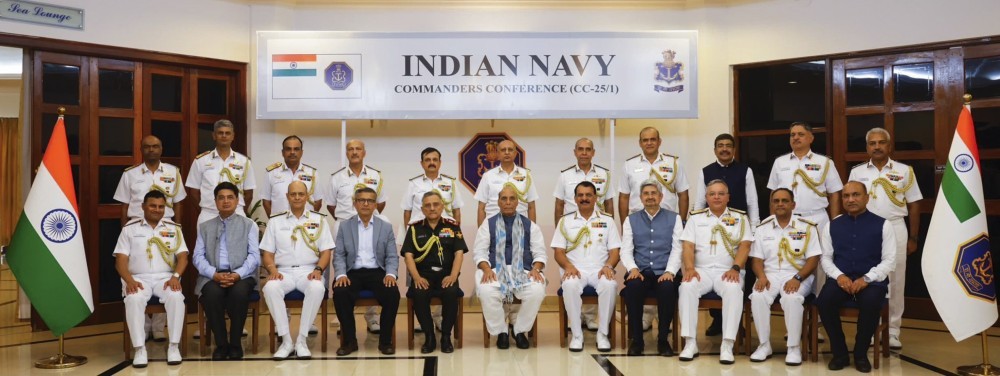

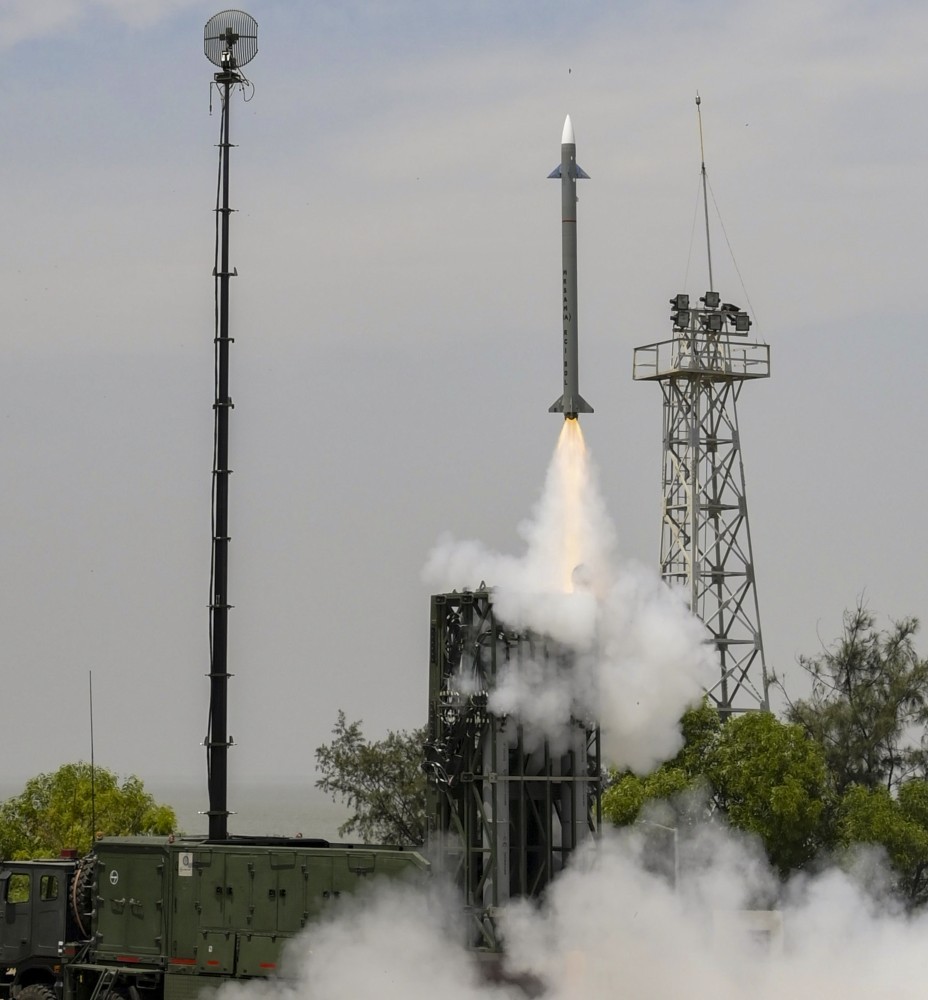










The Indian Air Force, in its flight trials evaluation report submitted before the Defence Ministry l..
view articleAn insight into the Medium Multi-Role Combat Aircraft competition...
view articleSky enthusiasts can now spot the International Space Station (ISS) commanded by Indian-American astr..
view article